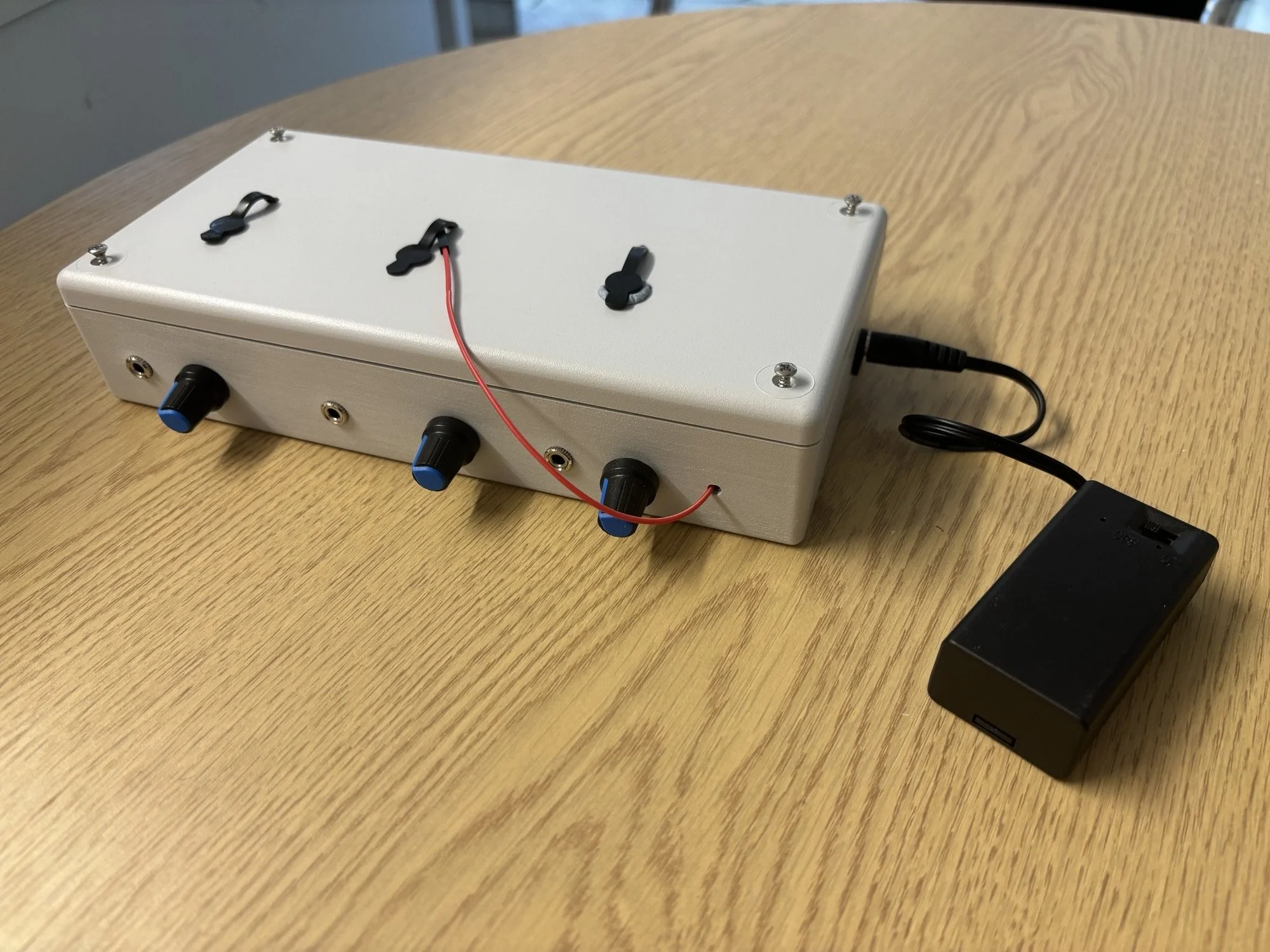
Our Contributions to Scientific Resources
Open Science Framework Projects
-

Validation Toolkit for Ear-Level EEG Sensors
EEG-enabled earbuds represent a promising frontier in brain activity monitoring beyond traditional laboratory testing. Their discrete form factor and proximity to the brain make them the ideal candidate for the first generation of discrete non-invasive brain--computer interfaces (BCIs). However, this new technology will require comprehensive characterization before we see widespread consumer and health-related usage. To address this need, we developed a validation toolkit that aims to facilitate and expand the assessment of ear-EEG devices.
The validation toolkit includes:
EaR-P Lab: a Python application for running a test battery of 9 different EEG paradigms (including auditory and visual transient and steady-state response paradigms)
A step-by-step guide to building your own ear-EEG phantom for controlled, ear-specific EEG hardware testing (compares salt-doped Agar, salt-doped ballistic gelatin and carbon fibre-doped silicone phantom materials)
-

Low-cost Trigger Box for EEG recordings
Electrophysiological experiments rely on precise timing of event or stimulus presentation to timely relate the recorded signals with stimulation instances for processing and analysis. The timing of the stimulus presentation can vary from system to system depending on hardware (e.g., computer specifications, screen refresh rates, etc.) and software configurations (e.g., level of system control, drivers, scheduling, network characteristics, etc.). To reliably process experiment data, this timing of events needs to be fully characterized or controlled using specialized accessories traditionally referred to as Trigger Boxes.
This project entails the design, construction and validation of a stimulus-event trigger box intended to be used for synchronization of events in EEG experiments.
In Phase 1, a trigger box compatible with participant push-button events, screen image flip events and audio events, was designed, built, and validated.
In Phase 2, a subsequent addition to allow for PPG-based heart-rate events and integrate lab-streaming-layer (LSL) synchronization will be developed.